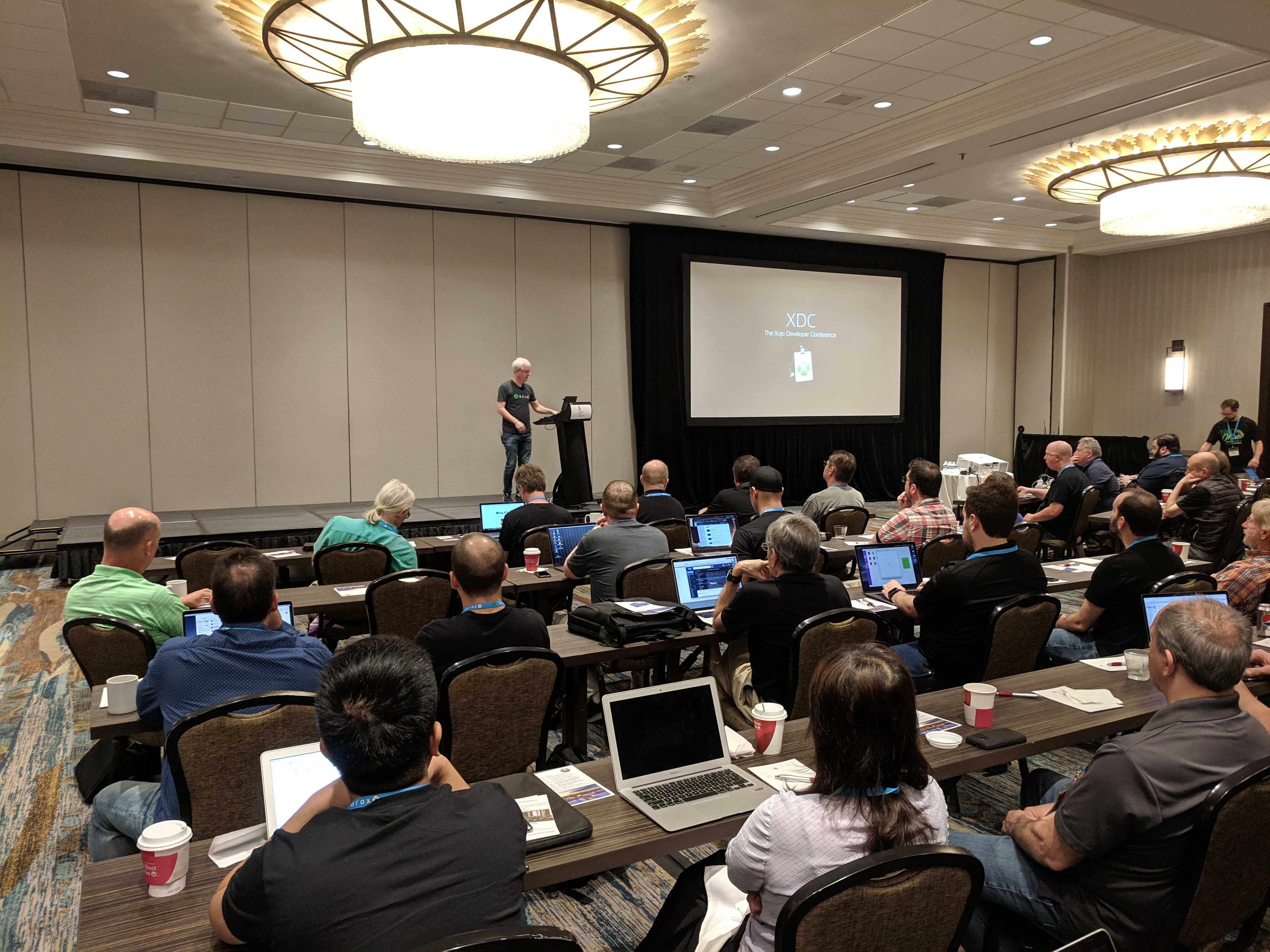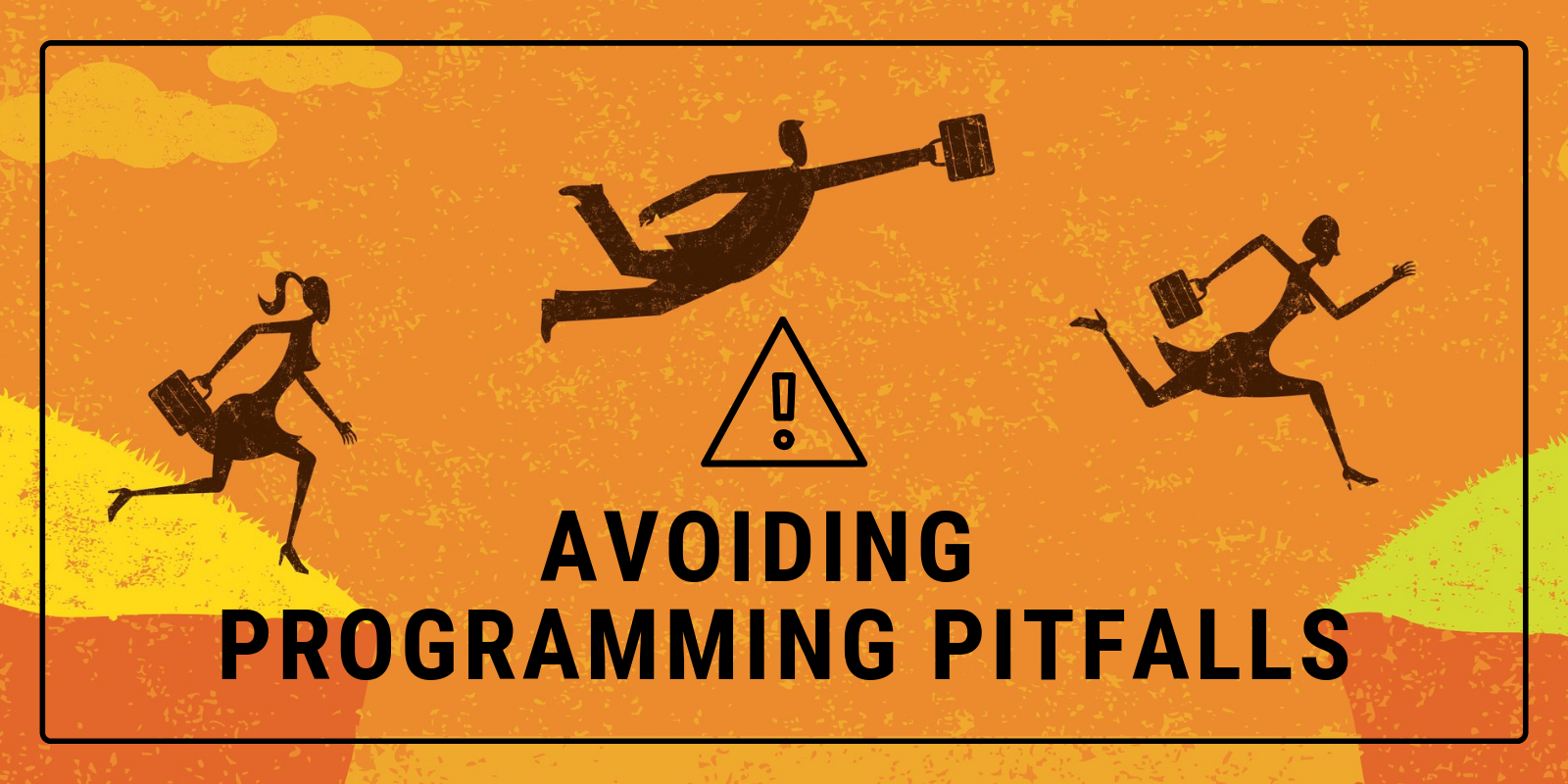The New DateTime class introduced in Xojo 2019r2 is meant as a replacement for the now deprecated Date class. Let’s take a look at how…
Comments closedCategory: General
Keeping the IDE simple to use for new users is one of our core tenets, but that doesn’t mean that we can’t add some much needed capabilities for our long-term users.
Comments closedEver wonder how to conditionally implement newer features in your code while keeping the ability to use older versions of Xojo at the same time?…
Comments closedIn computer programming, unit testing is a software testing method by which individual units of source code, sets of one or more computer program modules…
Comments closedAt WWDC 2019, Apple announced macOS Catalina (10.15). They didn’t specifically mention it during the keynote, but the writing has been on the wall for…
Comments closedEvery year we watch Apple’s WWDC keynote address to see what new features are coming in macOS and iOS that we’ll want or need to…
Comments closedGeoff just wrapped up the keynote here in sunny, windy Miami, Florida.

After a brief introduction welcoming attendees from 11 different countries, Geoff began the keynote by sharing some graphs showing how the Xojo community has been changing.
Comments closedCode doesn’t care whether you are new to programming or an old pro, a citizen developer or the head of engineering, some missteps can catch any of us. Read on to learn some of the most common programming pitfalls and how to avoid them.
Comments closed
That’s right, we’re doing it again! Xojo’s Black Friday through Cyber Monday sale is happening again and we’re offering 30% off all new Xojo licenses and upgrades to Xojo Pro- Friday, November 28th through Monday, December 1st.
Comments closed

